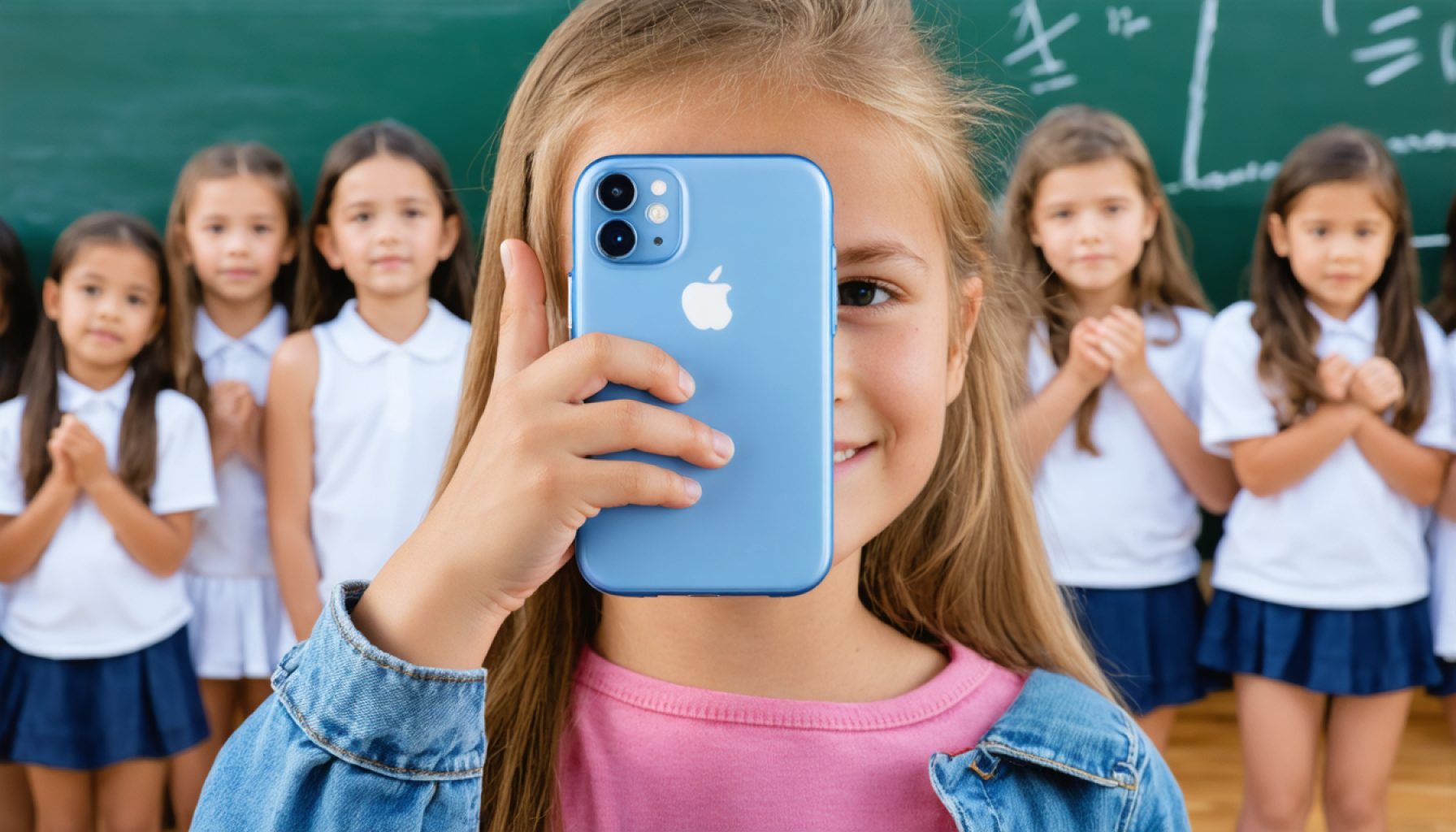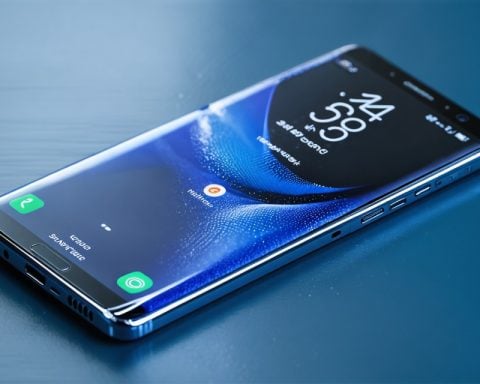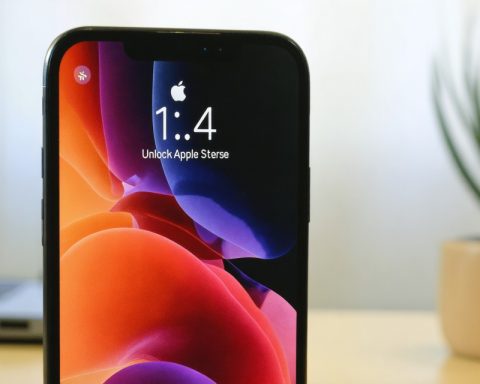- Around 40% of global education systems are implementing smartphone bans to combat digital distraction and protect privacy.
- Policies are active in regions like New South Wales (Australia) and nearly all Spanish communities, with similar measures underway in various US states.
- France and cities in China are promoting structured smartphone use, emphasizing breaks or requiring parental approval in classrooms.
- Some regions, including Saudi Arabia, have reconsidered bans due to advocacy for digital access for students with disabilities.
- Research indicates significant academic benefits, with bans enhancing focus and improving student performance in places like Belgium and the UK.
- The ongoing dialogue underscores the balance between embracing digital tools and preserving educational quality across global classrooms.
A global movement is taking shape as schools across continents tighten their grip on smartphone use. With 40% of education systems now implementing bans, these policies aim to shield students from digital distraction and potential privacy breaches.
Imagine a schoolyard free from the constant buzz of notifications—this is the reality in regions from Spain to Australia. The changes are palpable: Australian territories like New South Wales, alongside nearly all Spanish communities, have enacted firm restrictions. Meanwhile, states in America, spanning from the sunlit campuses of California to the bustling halls of Ohio’s schools, are crafting their own digital boundaries.
Not far behind are nations like France, proposing “digital breaks”, creating a structured sanctuary from screens. China’s cities, such as Zhengzhou, have made parental approval a prerequisite for smartphone use within classrooms, underscoring the seriousness with which these bans are implemented. However, the path isn’t uniform. Some, like Saudi Arabia, have backtracked, responding to advocacy groups who recognize the essential role of digital access for students with disabilities.
Yet, this isn’t merely about convenience or discipline; it’s a rally to safeguard student health and academic integrity. Studies illuminate a stark reality: even a buzzing pocket can derail focus, consuming up to 20 minutes before concentration is regained. In places where bans took hold—like Belgian or British schools—academic performance climbed, lifting those who once struggled.
As technology and learning entwine, nations grapple with a delicate dance: embracing the digital age while guarding the essence of education. The conversation continues, a testament to the evolving landscape of global classrooms.
Are Smartphone Bans in Schools the Solution to Better Focus and Learning?
How-To Steps & Life Hacks for Implementing Smartphone Bans
1. Establish Clear Guidelines: Schools wishing to implement smartphone bans must first establish clear and comprehensive guidelines. These should detail the extent of the ban, include exceptions, and outline consequences for non-compliance.
2. Engage Stakeholders: Involving parents, teachers, and students in discussions about the ban can address concerns and increase buy-in. Schools could host workshops or informational sessions to explain the benefits and necessary adjustments.
3. Provide Alternatives: Consider introducing structured digital breaks or designated areas where phone use is permitted, similar to France’s “digital breaks” concept to offer a healthy balance of tech time.
4. Leverage Technology: Use tools and applications that lock phones during school hours or restrict apps that are deemed distracting.
5. Monitor and Adjust: Continuously evaluate the effectiveness and reception of the ban. This could include surveys and performance data analysis to ensure the policy is beneficial.
Real-World Use Cases
– France: French schools have successfully used “digital breaks” to introduce screen-free time, improving students’ focus and social interaction in the process.
– Shanghai, China: Required parental approval for smartphone use emphasizes the importance of family involvement in digital activity decisions at school.
Market Forecasts & Industry Trends
According to a report by Grand View Research, the educational technology (EdTech) market is projected to grow, reaching USD 285.2 billion by 2027. This trend may paradoxically drive both increased smartphone usage and interest in regulating digital distractions within academic settings.
Reviews & Comparisons
– Proponents argue that banning smartphones can lead to higher academic performance by maintaining students’ focus on their studies.
– Opponents point out potential negative impacts on students’ digital literacy and the risk of not preparing them for a connected world.
Controversies & Limitations
– Privacy Concerns: Some parents worry that banning personal devices infringes on student autonomy.
– Access and Equity: Concerns exist about ensuring all students have equal access to alternative forms of technology vital for learning.
Insights & Predictions
Educational institutions might pivot toward a hybrid model where technology is integrated purposefully without being a distraction. The key lies in finding balance through continuous dialogue among educators, parents, and students.
Pros & Cons Overview
Pros:
– Improved focus and academic performance.
– More meaningful interpersonal interactions.
Cons:
– Potential hindrance to digital literacy and soft skills development.
Actionable Recommendations
– Schools should pilot smartphone bans, adjusting approaches based on feedback and observed efficacy.
– Parents can support bans by encouraging screen-free activities at home to enhance the effect of school policies.
For more insight into how others are navigating these challenges, visit: U.S. Department of Education for guidelines and case studies.

















